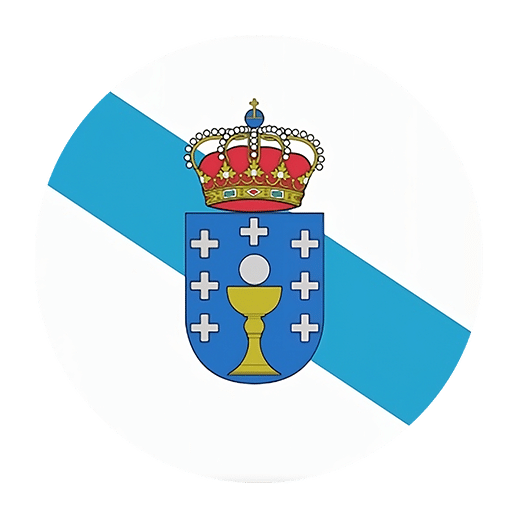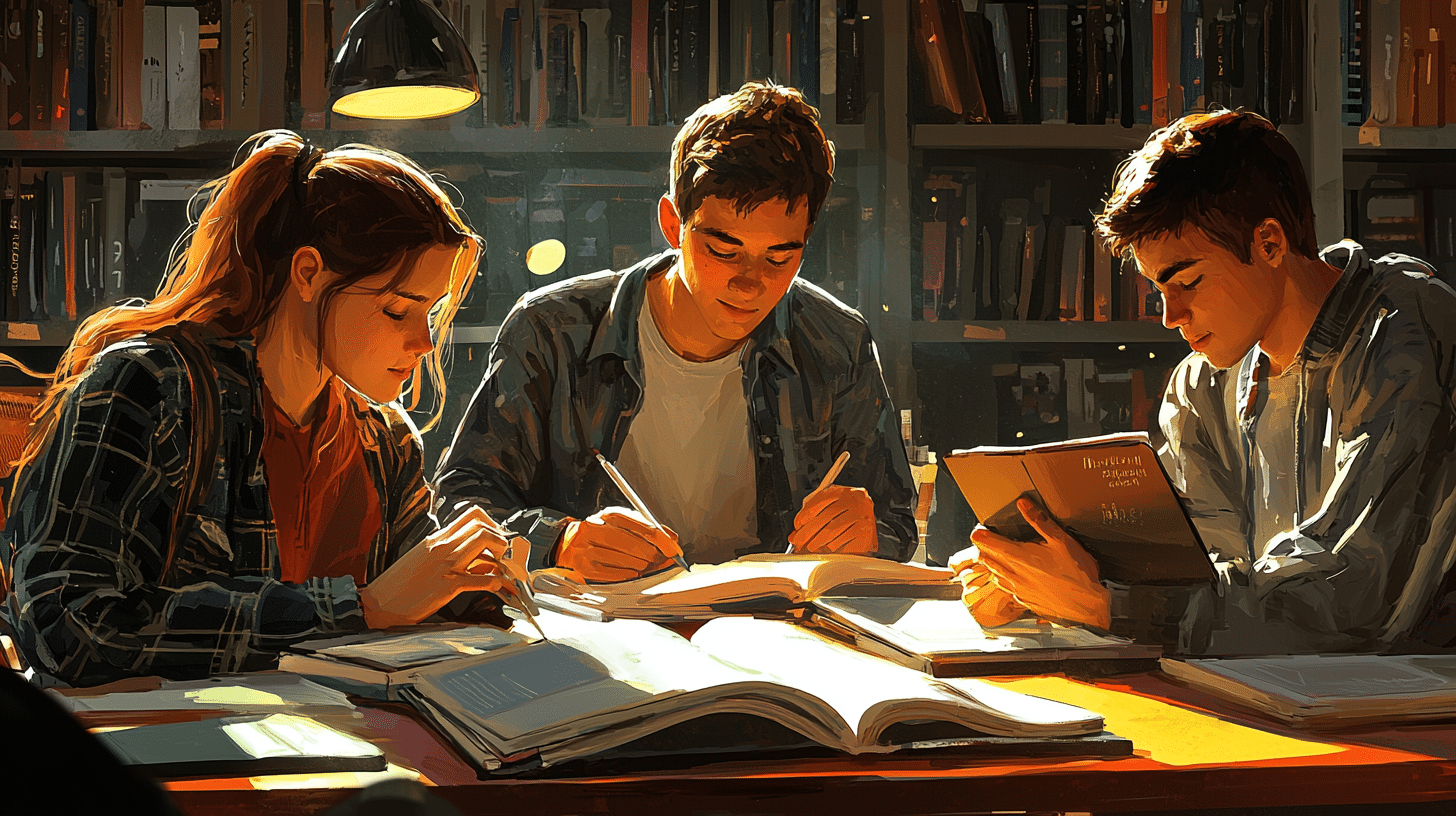Learning a new language can be an enriching experience, opening doors to new cultures, ideas, and ways of expressing oneself. For those venturing into the world of Galician, a language spoken in the region of Galicia in northwestern Spain, understanding the nuances of its grammar is crucial. One particularly vital aspect of Galician grammar is the use of descriptive adjectives. These adjectives add depth and color to our communication, allowing us to describe people, places, and things in detail. In this article, we will delve into the intricacies of descriptive adjectives in Galician, offering a detailed guide to help you master this essential component of the language.
What Are Descriptive Adjectives?
Descriptive adjectives are words used to describe the qualities or characteristics of a noun. They provide more information about the noun, such as its size, color, shape, age, or any other attribute. In English, examples of descriptive adjectives include “beautiful,” “large,” “old,” and “red.” Similarly, in Galician, descriptive adjectives play a crucial role in providing detailed descriptions.
Position of Descriptive Adjectives
In Galician, as in many Romance languages, the position of the adjective in relation to the noun can vary. Generally, descriptive adjectives follow the noun they modify. For example:
– Un libro interesante (An interesting book)
– Unha casa grande (A big house)
However, certain adjectives can precede the noun, especially when they convey inherent or subjective qualities. For example:
– Boa xente (Good people)
– Pequeno neno (Little boy)
Agreement in Gender and Number
One of the key aspects of using descriptive adjectives in Galician is ensuring that they agree in gender and number with the noun they modify. Galician nouns can be masculine or feminine, and singular or plural. Therefore, adjectives must change their form to match the noun’s gender and number.
Masculine and Feminine Forms
Most adjectives have different forms for masculine and feminine nouns. Typically, the masculine form ends in “-o,” while the feminine form ends in “-a.” For example:
– Masculine: Un coche rápido (A fast car)
– Feminine: Unha bicicleta rápida (A fast bicycle)
Some adjectives do not change their form based on gender. These adjectives often end in “-e” or a consonant. For example:
– Masculine: Un rapaz intelixente (A smart boy)
– Feminine: Unha rapaza intelixente (A smart girl)
Singular and Plural Forms
In addition to gender, adjectives must also agree in number with the noun they describe. To form the plural, adjectives typically add “-s” to the singular form. For example:
– Singular: Un libro interesante (An interesting book)
– Plural: Uns libros interesantes (Interesting books)
For adjectives ending in a consonant, the plural is formed by adding “-es.” For example:
– Singular: Un home feliz (A happy man)
– Plural: Uns homes felices (Happy men)
Common Descriptive Adjectives
To help you expand your vocabulary, here are some common descriptive adjectives in Galician, along with their English equivalents:
Colors:
– Branco/a (White)
– Negro/a (Black)
– Vermello/a (Red)
– Azul (Blue)
– Verde (Green)
– Amarelo/a (Yellow)
Sizes:
– Grande (Big)
– Pequeno/a (Small)
– Alto/a (Tall)
– Baixo/a (Short)
Shapes:
– Redondo/a (Round)
– Cuadrado/a (Square)
– Triangular (Triangular)
Other Characteristics:
– Novo/a (New)
– Vello/a (Old)
– Bonito/a (Beautiful)
– Feo/a (Ugly)
– Rápido/a (Fast)
– Lento/a (Slow)
– Limpo/a (Clean)
– Sucio/a (Dirty)
Comparative and Superlative Forms
Descriptive adjectives in Galician can also be used to make comparisons. This involves using the comparative and superlative forms of adjectives.
Comparatives
To form the comparative in Galician, the word “máis” (more) is placed before the adjective. For example:
– Máis grande (Bigger)
– Máis interesante (More interesting)
To indicate “less” of a quality, the word “menos” (less) is used:
– Menos grande (Less big)
– Menos interesante (Less interesting)
When comparing two things, the preposition “ca” (than) is used:
– Ela é máis alta ca el (She is taller than him)
– Este libro é menos interesante ca aquel (This book is less interesting than that one)
Superlatives
The superlative form in Galician is created by placing the word “o máis” (the most) or “o menos” (the least) before the adjective. For example:
– O máis grande (The biggest)
– O máis interesante (The most interesting)
– O menos grande (The least big)
– O menos interesante (The least interesting)
For absolute superlatives, which denote a very high degree of a quality, the suffix “-ísimo/a” can be added to the adjective:
– Grandísimo/a (Very big)
– Interesantísimo/a (Very interesting)
Irregular Adjectives
As with any language, there are always exceptions to the rules. Some adjectives in Galician have irregular forms that do not follow the standard patterns for gender, number, or comparison. Here are a few examples:
Irregular Comparatives:
– Bo/a (Good) – Mellor (Better)
– Malo/a (Bad) – Peor (Worse)
– Grande (Big) – Maior (Bigger)
– Pequeno/a (Small) – Menor (Smaller)
Irregular Superlatives:
– Bo/a (Good) – O mellor (The best)
– Malo/a (Bad) – O peor (The worst)
– Grande (Big) – O maior (The biggest)
– Pequeno/a (Small) – O menor (The smallest)
Using Descriptive Adjectives in Sentences
To effectively use descriptive adjectives in Galician, it is important to practice constructing sentences. Here are a few examples to illustrate how adjectives can be used to describe nouns:
– Unha flor vermella está no xardín. (A red flower is in the garden.)
– O coche novo é moi rápido. (The new car is very fast.)
– As nenas pequenas son felices. (The little girls are happy.)
– Este é o libro máis interesante que teño. (This is the most interesting book I have.)
Practice Exercises
To solidify your understanding of descriptive adjectives in Galician, try these practice exercises:
Exercise 1: Gender and Number Agreement
Change the adjectives to match the gender and number of the nouns.
1. Un libro (interesante)
2. Unha casa (grande)
3. Uns coches (rápido)
4. Unhas flores (vermello)
Exercise 2: Comparative and Superlative Forms
Form the comparative and superlative of the following adjectives.
1. Bonito/a
2. Pequeno/a
3. Limpo/a
4. Intelixente
Exercise 3: Sentence Construction
Create sentences using the following adjectives to describe the nouns.
1. Unha praia (bela)
2. Unha cidade (grande)
3. Un coche (novo)
4. Un rapaz (feliz)
Conclusion
Descriptive adjectives are a fundamental part of the Galician language, enriching communication by allowing speakers to provide detailed descriptions. Understanding their placement, agreement in gender and number, and the formation of comparative and superlative forms is essential for mastering their use. By studying common adjectives, practicing sentence construction, and familiarizing yourself with irregular forms, you will enhance your ability to speak and write in Galician with greater precision and flair. Keep practicing, and soon you’ll find yourself adept at using descriptive adjectives to add color and depth to your Galician conversations.

